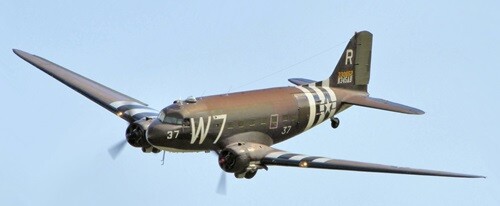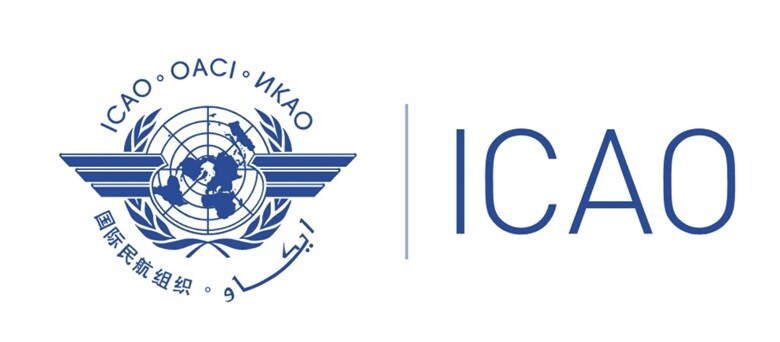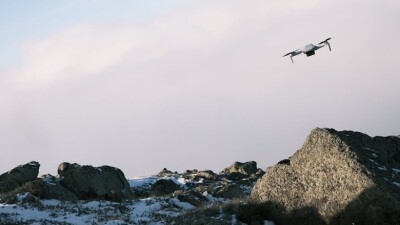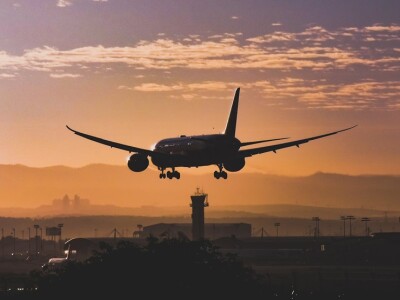The uncrewed aviation industry is eagerly waiting to see and comment on the Part 108 Notice of Proposed Rulemaking (NPRM) that the Federal Aviation Administration (FAA) is about to publish in the next few weeks.
During the recent Commercial UAV Expo held in Las Vegas at the beginning of September, various officers of the FAA assured the attendees that the federal agency was in the verge of publishing the long-awaited regulation, which had been mandated by Congress and President Biden when he signed the FAA Reauthorization Act of 2024 in mid-April.
So, while we wait, let us analyze international implications and consequences of having uncrewed aircraft flying far beyond the visual range of the operator. As usual, we believe it is useful to go back 100 years to see how traditional, crewed aviation handled similar changes.
At the beginning of aviation, before World War I, aircraft were crude contraptions that just flew a few hundred yards and normally did not end their flights gracefully, so there was really no need to think about them crossing international borders. As technology progressed and planes and their courageous pilots ventured into other countries in a non-regulated environment, governments realized there was a need for a set of regulations that would control and guide the use of international airspace.
 Between the years of 1918, after the end of WWI, and 1938, just before the next world conflagration, aircraft were refined and perfected, culminating in the design and manufacture of the Douglas DC-3, which was basically created to carry passengers in a safe and reliable manner. It later served in WWII as the Dakota C-47, the most reliable military transport ever built.
Between the years of 1918, after the end of WWI, and 1938, just before the next world conflagration, aircraft were refined and perfected, culminating in the design and manufacture of the Douglas DC-3, which was basically created to carry passengers in a safe and reliable manner. It later served in WWII as the Dakota C-47, the most reliable military transport ever built.
These technical developments were not necessarily accompanied by simultaneous advances in regulation. By 1934, aviation had grown enough to justify the creation of the Bureau of Air Commerce to establish the nation's first air traffic control centers. The focus then shifted to aviation safety with the creation of the Civil Aeronautics Authority, an air safety board dedicated to investigating and preventing accidents.
These agencies had a national focus since aircraft rarely traveled beyond the borders of the contiguous 48 states. This all changed with the DC-3 and the fact that the aircraft could carry passengers for really long distances, opening the door to international, even transatlantic, commercial routes.
This crossing of borders brought with it a new problem: the aerial regulations of adjacent countries were not necessarily compatible nor did they even resemble each other, creating confusion amongst pilots and air traffic controllers that generated close calls and, eventually, fatal accidents.
There was a need for an urgent homologation of international flying rules to make sure that every pilot and every air traffic controller spoke the same language and adhered to the same rules, regardless of country. This need to regulate led to the creation, in 1944, of an organization known as ICAO (International Civil Aviation Organization), which today has 193 member countries.
ICAO makes sure that procedures are the same across borders and that regulations in each member country are known and acceptable to every other member when these are related to international flying rules and border crossings. This uniformity has contributed, in the 80 years since its foundation, to the safest skies humankind has ever known.
With the release of Part 108 NPRM in the next few weeks, we will know what aspects of this new regulation will need to be negotiated with countries such as Canada and Mexico and eventually with every ICAO member.
As soon as Part 108 is passed into law, realistically in Q1 2026, drones and air taxis will have the legal right and technical capability to fly long distances, including the crossing of borders into other countries and that would create the need for cooperations and coordination between civil aviation authorities.
ICAO already understands that it will be the agency in charge of this integration, and, on its website, we can find already a page dedicated to uncrewed aviation: “The International Civil Aviation Organization (ICAO) is responsible for coordinating and developing global Standards and Recommended Practices (SARPs), Procedures, and Guidance material for unmanned aviation with the goal to facilitate a safe, secure, and efficient integration of unmanned aircraft into the global aviation system.”
ICAO has already formed a dedicated group focused on what they call the “Remotely Piloted Aircraft Systems’ Section.” And it is already divided into two distinct expert sub-groups:
1. The Remotely Piloted Aircraft Systems Panel (RPASP), which coordinates and develops ICAO Standards and Recommended Practices (SARPs), Procedures and Guidance material for remotely piloted aircraft systems (RPAS), to facilitate a safe, secure and efficient integration of remotely piloted aircraft (RPA) into non-segregated airspace and aerodromes.
2. The Advanced Air Mobility Study Group (AAM SG), which assists ICAO’s Secretariat in developing a holistic vision and framework regarding AAM. This is done in a coordinated manner with other ICAO expert groups, as appropriate, with the aim to support a safe, secure, efficient and environmentally sustainable integration of AAM operations, and to facilitate the development of the AAM ecosystem. Furthermore, the AAM SG advises on all AAM-related work to be done by ICAO.
As we can see, the international aviation community is getting ready for uncrewed aviation next generation of flying, a time when drones and air taxis will cross borders in a safe and integrated manner and in coordination with traditional crewed aviation for the benefit of humankind.















Comments